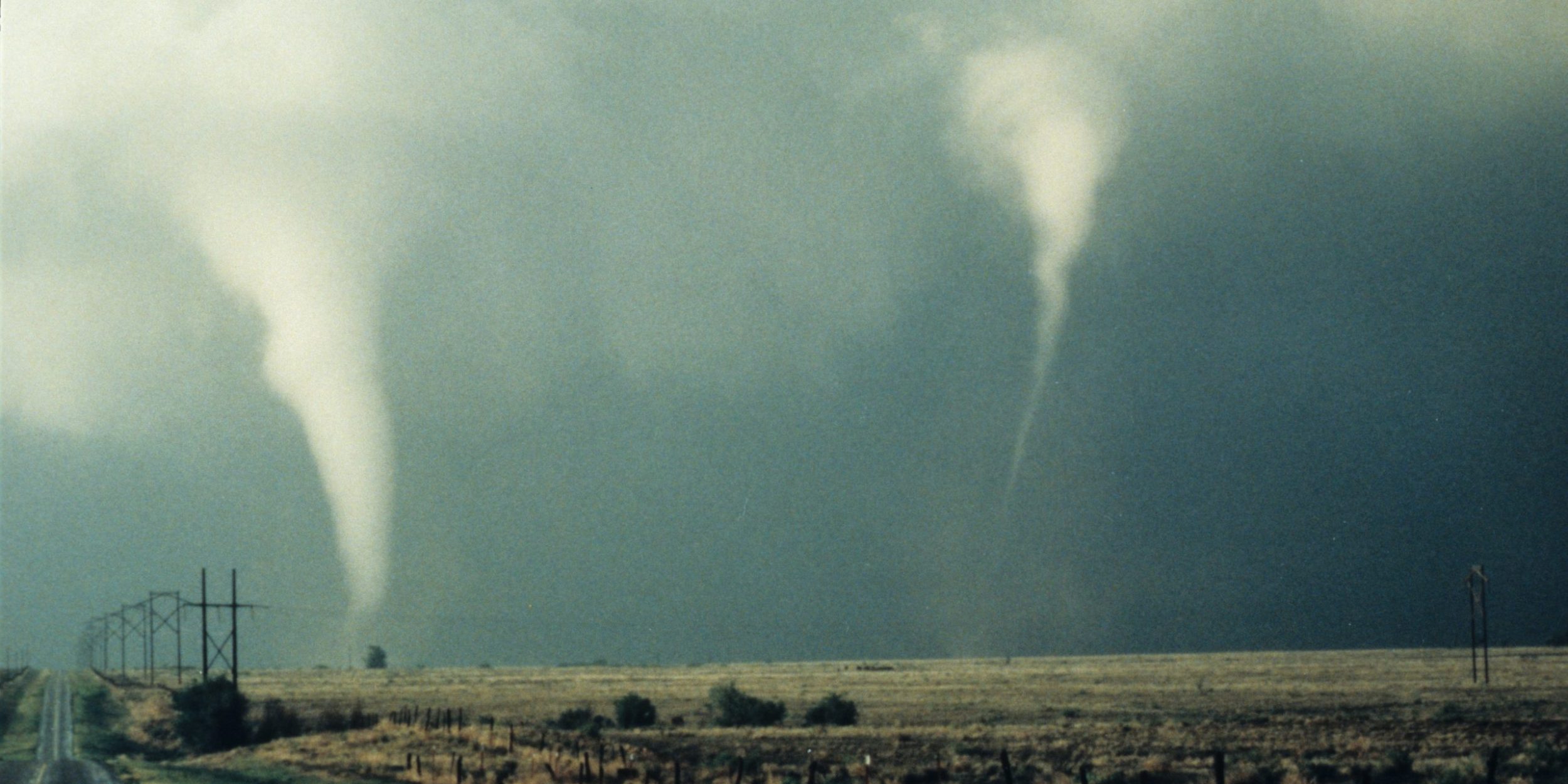

NOAA Research-funded scientists have reported a sobering finding in Science regarding our Nation’s severe weather: the tornado outbreaks with the most tornadoes are spawning more tornadoes than ever before and are occurring more often.
Tornadoes and severe thunderstorms threaten human lives and property every year, but the largest destruction occurs when multiple tornadoes form within just a few hours or days of each other. Known as tornado outbreaks, these extreme events feature sequences of several tornadoes rated F1 or EF1 and greater (a rating of 5 being most severe) on the Fujita scale or new Enhanced Fujita scale, and caused roughly 80% of tornado deaths from 1972-2010.
Recent research has indicated that the number of days per year with many tornadoes and the average

So what’s causing these worrisome findings? Tippett noted that tornado reports tend to be shrouded in questions and doubts because “they are reported by people and the way that’s done has changed over the years and the number of people looking for tornadoes has changed.” So, trends in tornado statistics are often attributed to improvements in reporting practices and technology. To address this, the authors used NOAA’s North American Regional Reanalysis data to look at two ingredients that create a favorable environment for tornadoes, as a proxy: energy in the atmosphere, called Convective Available Potential Energy (CAPE), and wind shear, which helps create a tornado’s rotation. Favorable tornado environments gave the same results, becoming more frequent with the most extreme environments increasing in frequency faster, supporting their findings. The scientists also considered natural cycles and variability as a cause, such as the Pacific Decadal Oscillation and the Atlantic Multidecadal Oscillation, but neither proved to be conclusive.
Other studies have argued that climate change could be contributing to these trends. Model projections show that warming may cause a more unstable atmosphere (increased CAPE), with a greater potential for severe storm activity. However, Tippett and his team found that wind shear rather than an increase in CAPE is associated with the trends, but this has not yet been linked to a warmer climate. “That was surprising. If you had asked us which of the ingredients would be responsible before we had done this study, I think we would’ve pointed to CAPE,” said Tippett. “So either what we are seeing is not climate change, it is variability from some other climate signal, or climate change is having impacts that we don’t completely understand.” Adding to the mystery is the finding that in 2015 some tornado outbreak measures, such as the annual maximum number of tornadoes per outbreak and higher percentiles of the number of tornadoes per outbreak, dropped to their lowest values in over a decade.


“If climate change is to blame in ways we don’t quite understand yet, then we expect the extreme outbreaks to become more extreme. If it’s some other aspect of the climate system, then they could go back to more like the way they were before,” added Tippett. He said that when we see trends over a few decades, it’s challenging to untangle the sources of those changes. However it’s critical to be able to pinpoint these sources to know what to expect in the next 5 or 10 years. “I think that’s the importance of this kind of work — knowing what to expect in the near term,” said Tippett. “Organizations thinking about say insurance or reinsurance, they would like to know how to use the data they have over the past decade or so for risk management and know what we should expect. Will the next 5 years be even more active?”
The scientists’ findings suggest that future research should further unpack how and what factors of natural variability and climate change may impact severe storm activity. As for Tippett and his co-authors, “We would like to look at when in the year and where in the country these changes are happening. Is it in the spring, is it in the fall? Is it something that is spread out uniformly or are there definite areas that are undergoing these changes?”
This study was supported by the NOAA Research Climate Program Office’s Modeling, Analysis, Predictions, and Projections (MAPP) Program.
Access the paper: http://science.sciencemag.org/content/early/2016/11/30/science.aah7393.full


Climate Program Office
Advancing scientific understanding of climate, improving society’s ability to plan and respond




Climate Program Office
Advancing scientific understanding of climate, improving society’s ability to plan and respond
Scroll to Top

